
SakenowaRecord your sake experiences and discover your favorites
遊穂Yuho
Flavor Chart®
A chart created from flavor analysis of user comments.

Flavor Tags ®
Tags generated from flavor analysis of user comments.
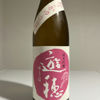
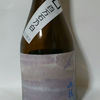
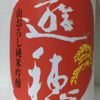
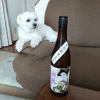
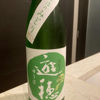
Popular Comments
Smells like yogurt, and when the temperature rises, it smells like cotton candy.
The rice-flavored liquid is slightly carbonated, and while you think it is light to drink, it changes and becomes heavy with rice flavor, astringency, a sourness and bitterness that comes in a rush, then changes to sweetness and a lactic acidity that is tingling and refreshing. The changes are interesting.
When muddled, the rice flavor becomes stronger and a little bitter, and the umami that comes after is pleasant, with a slight sweetness and flavors of rice and koji that are both powerful and beautiful. It is delicious.
Japanese>English
I wish I could be a part of this event!
I had a small bottle of Yuho, which is made from the sake rice of Ishikawa Prefecture, Hyakumangoku no Shiro 😀 It is a delicious sake with a pure rice flavor.
Japanese>English
( ☆¯ πι¯☆)🍶🍶🍶🍶
We opened a bottle of Youho's Yamayoshiroshi today 😀.
It's my first time to drink it at home 😁.
The aroma is mild and not so much 🤔, probably due to the fact that the bottle was chilled to the perfect temperature before opening.
It has a strong umami 👍and a fresh aroma that may be derived from the Yamahai method 😊It has a nice sharpness to it 😚.
Summer sake🌻⛅️ is over and it's time for cold sake🍁🍄🌰 which is now in full flavor🥰I'm looking forward to the future sake🥳.
Japanese>English
Similar Brands
We analyze the flavors based on everyone's comments and select similar brands.
IzumibashiSimilar Characteristics
Location
I-8 Ōmachi, Hakui, IshikawaOpen in Google Maps
Related Articles
「富久長」と「遊穂」を醸す女性蔵元から学ぶ!オンラインテイスティングイベント「SAKE(日本酒)x NOMY(学)」の第12弾が7/5(日)に開催 | 日本酒専門WEBメディア「SAKETIMES」
 蔵元から直接学べる日本酒のオンラインテイスティングイベント「SAKE(日本酒)x NOMY(学)」の第12回がSAKETIMES | 日本酒をもっと知りたくなるWEBメディア
蔵元から直接学べる日本酒のオンラインテイスティングイベント「SAKE(日本酒)x NOMY(学)」の第12回がSAKETIMES | 日本酒をもっと知りたくなるWEBメディア「遊穂」の名前の由来はUFOだった?─石川県・御祖酒造が大切にしている人とのご縁 | 日本酒専門WEBメディア「SAKETIMES」
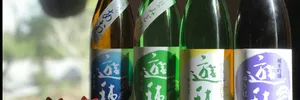 能登半島のちょうど真ん中に位置する、石川県羽咋(はくい)市の御祖酒造(みおやしゅぞう)。その代表取締役である藤SAKETIMES | 日本酒をもっと知りたくなるWEBメディア
能登半島のちょうど真ん中に位置する、石川県羽咋(はくい)市の御祖酒造(みおやしゅぞう)。その代表取締役である藤SAKETIMES | 日本酒をもっと知りたくなるWEBメディア遊穂 山おろし純米(御祖酒造/石川県羽咋市) | 日本酒専門WEBメディア「SAKETIMES」
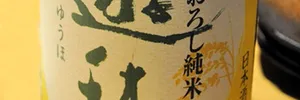 「我が誉の酒」として地元でも人気 能登半島の中ほどの霊峰・石動山の麓に明治30年(1897年)から蔵を構える御所酒造。田園地帯の中に遺跡も数多く点在し、能登文化発祥の地としても知られています。地元で愛される銘柄は「ほまれ […]SAKETIMES | 日本酒をもっと知りたくなるWEBメディア
「我が誉の酒」として地元でも人気 能登半島の中ほどの霊峰・石動山の麓に明治30年(1897年)から蔵を構える御所酒造。田園地帯の中に遺跡も数多く点在し、能登文化発祥の地としても知られています。地元で愛される銘柄は「ほまれ […]SAKETIMES | 日本酒をもっと知りたくなるWEBメディアTimeline

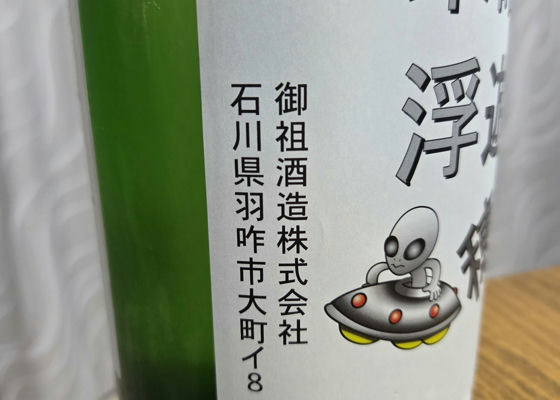
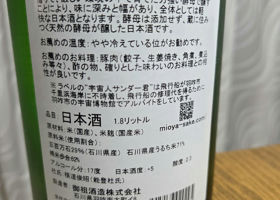

nonnon
Firm Taste Bitter-Sweet
Slightly blistering Complex
Japanese>English
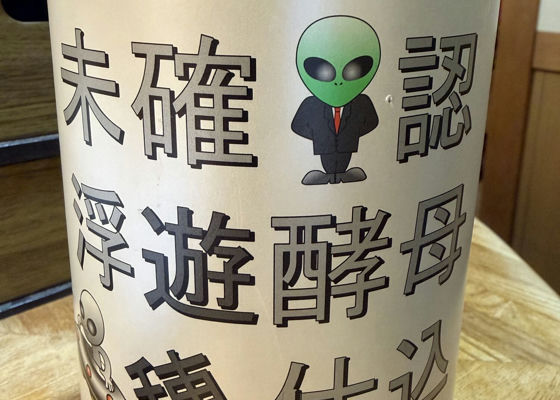


TyS
29% Ishikawa Gohyakumangoku, 71% Ishikawa Uruchi rice
Brewer's yeast
Powerful flavor with umami
Japanese>English
Joshua
The other day, I drank a sake with an alien label, but this one is the standard. It is refreshingly dry, but has a robust mouthfeel. Serve with Buri Shabu.
Japanese>English


Yuhoゆうほのしろ 純米酒

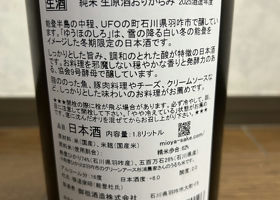
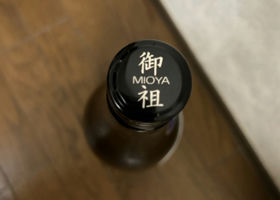
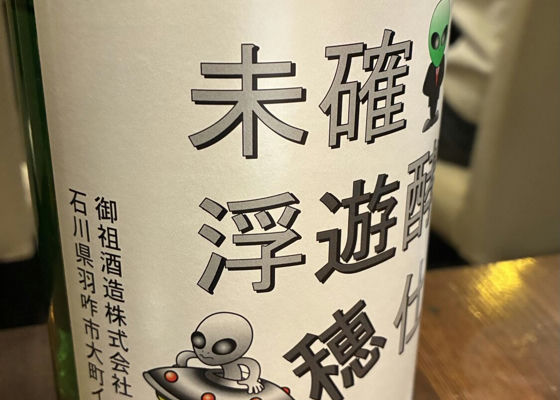
Yuho百万石乃白(生酛純米)
Yuho未確認浮遊酵母仕込


ちばさん
It also accepts strong flavored dishes well.
It has a good sense of freshness.
Japanese>English
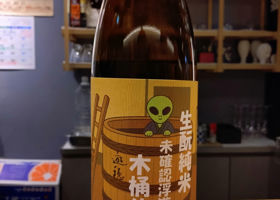
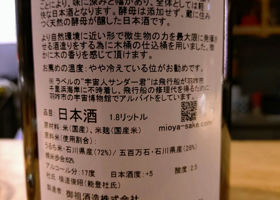
akikoda3
Yuho Namaoto Junmai Unidentified floating yeast, Wooden Oke Brewing, Unblended Sake
Rated 4.4
Rice polishing ratio: 62%, Rice used: Uruchi rice, grown in Ishikawa Prefecture (72%) / Gohyakumangoku rice, grown in Ishikawa Prefecture (28%), Alcohol: 17%, Sake meter: +5, Acidity: 2.5
Brewed with powerful yeast grown in a harsh environment with the help of useful microorganisms, this sake has depth and breadth of flavor and is light overall.
Wooden vats are used for brewing to maximize the power of the microorganisms in a way that is close to their natural state.
Warmed 55°C: Soft chocolate style, brown sugar, dessert sake.
Japanese>English
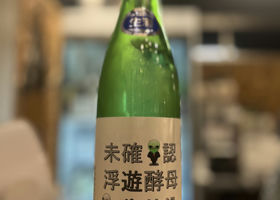
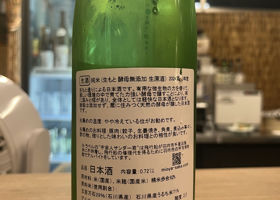
Kayo
Sweet pineapple aroma
Sometimes sake made from a traditional yeast yeast yeast, it can be a bit twisted,
This one is not twisted at all!
Delicious with good acidity!
Japanese>English
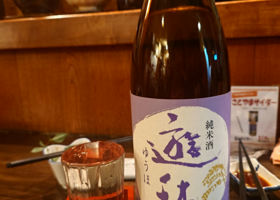
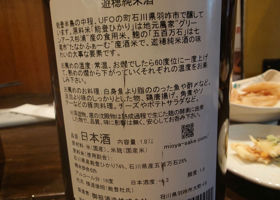
うみ
Junmai Sake
Melon aroma is the first impression.
Then, acidity.
Then, the spiciness finishes it off.
But the umami comes gradually at the end.
Delicious!
I love it 110 points.
Japanese>English

Yuho生酛純米酒吟醸
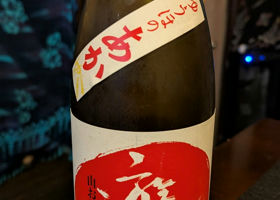
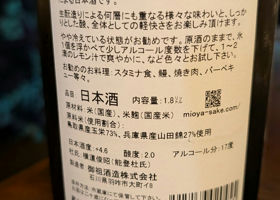
Gatasho
It seems to be a sub name for "Yuho no Aka."
It is said to go well with gutsy summer dishes.
I thought about heating up the sake because it is made from a traditional sake yeast yeast yeast.
But now I understand why the owner recommends it cold.
Hakui was famous for the UFO legend, right?
UFO, Yoo-ho, Yuho... I see.
Japanese>English


miho-k
Not a jacket purchase, but I was curious about the label.
The aroma is strong, but this is delicious.
Japanese>English
Yuho湯~ほっ。生もと純米酒熟成

あず
Happening.
Cute label.
Aged and light, but with a lot of history behind it.
Delicious!
Japanese>English


しんごっつぁん
62%, 17%, Sake degree +5, Acidity 2.3, fresh herbal aroma, slightly tangy on the palate, slightly juicy, clean acidity, refreshing finish
Japanese>English